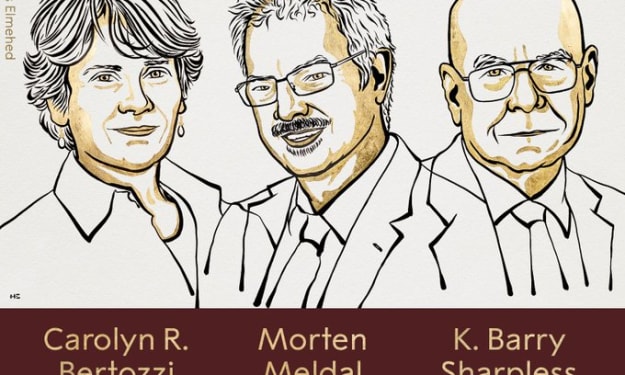
Programming languages go in and out of fashion. What is hot today, may be a relic confined to legacy systems tomorrow. Most professional coders will need to learn many languages throughout their careers. A coder who lacks a solid foundation in the basic concepts of computer coding may struggle to pick up new languages quickly, or at all. These six basic coding concepts can help you on your way to mastering the fundamentals of coding in any language.
Data Flow
Before you start writing your first line of code, you will need to understand how data needs to flow through your program and what needs to happen to it along the way. This process involves understanding what types of data will be input by the user and what kind of data will be accessed from a pre-existing data source, such as a database. You will need to understand how your program will need to manipulate that data and what choices your program will be expected to make and under which conditions it should make those choices.
Data Types
Without some form of data, most computer programs can’t do anything useful. There are three basic data types. Strings manipulate text. Numerical data is used for calculations and algorithms. The third type is a catch-all for any other type of data, including data such as boolean values.
Syntax
Syntax is the pre-baked in rules that govern how different languages process code. A line of code in one language may mean something completely different in another. Sometimes the difference can be as small as the order the words are written in. Long before you can get into the nuances like debating the merits of python vs ruby, you’ll need to have a solid grasp of how syntax works. Learning to spot syntax errors can be one of the most difficult challenges for new coders. Fortunately, many modern coding environments include tools that will help you find these errors.
Control Structures
Languages come with their own built-in rules, but for the machine to understand how to execute your program, there will also be rules you will need to define yourself. These rules are called control structures. Control structures allow you to define under what conditions certain things happen in your program. They also instruct the program on how to make choices and execute commands. For example, if you are writing a point of sale program and you want the program to output a receipt only when the customer requests it, you will need to write control structures that instruct the program to print a receipt only when the program receives a predefined response from the user.
Functions
Many computer programs execute the same instructions multiple times. Functions allow you to repeat instructions, without having to type those instructions every time they need to be executed in the program. Functions work by giving a set of instructions a name, which can then be referenced in place of the instructions later in your program. Many programming languages include built-in function libraries and some languages almost entirely rely on functions.
Variables
Variables are like functions, but instead of referring to a group of instructions, variables point to a piece of data. Variables need to be declared at the beginning of your program so that your program will know what to do with them when it encounters them in your code. Rather than storing data, variables point to the location where the data will be stored. This allows you to reference data in your code that has not been stored in the system yet. This is particularly useful for data that needs to be input by the user.
Some coding languages are very similar to each other, while others have their own unique rules and syntax. Regardless of which languages you eventually learn, mastering these basic concepts can provide you with a set of transferrable skills that can help you throughout your career.






Comments
There are no comments for this story
Be the first to respond and start the conversation.